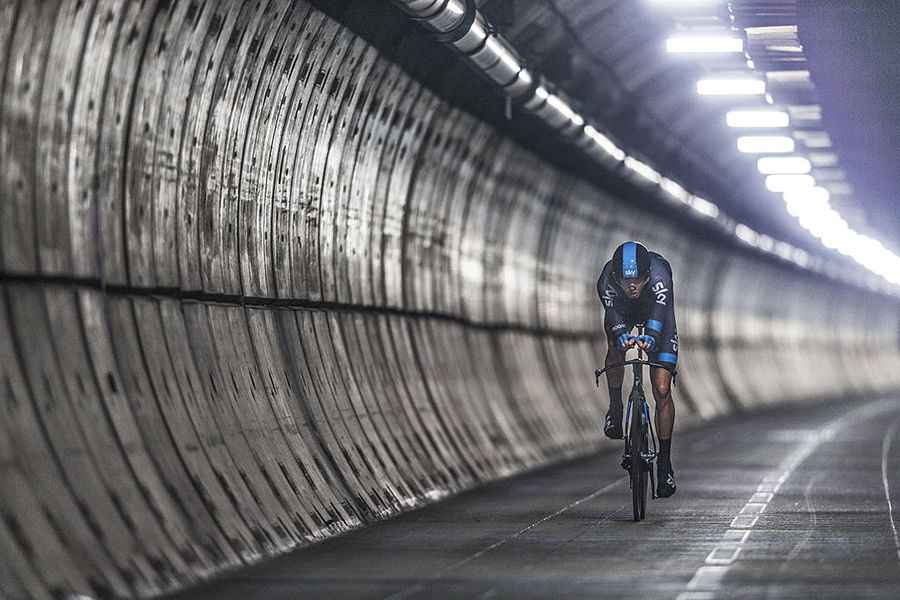Eurotunnel connects France and England beneath the Strait of Dover
Completed in 1993, the Channel Tunnel is the longest undersea tunnel in the world and connects the southern part of England with northern France.

When was the Channel Tunnel built?
Construction of the tunnel started in 1988 and was completed in 1993. The rail tunnel – the longest undersea tunnel in the world - provides the only permanent link between the island of Great Britain and continental Europe.
Why is Eurotunnel famous?
The Eurotunnel primarily serves as a rail transportation link between the UK and mainland Europe. High-speed Eurostar passenger trains and Eurotunnel Shuttle (Le Shuttle) vehicle transport services operate through the tunnel, providing a convenient and efficient mode of travel between London and Paris, as well as other destinations in Europe. The tunnel has greatly facilitated transportation and trade between the UK and continental Europe, enabling faster and more convenient travel for both passengers and freight. It has also strengthened economic ties between the two countries and increased tourism and business opportunities. Additionally, the Eurotunnel has had a significant impact on the logistics and supply chains of both the UK and Europe, serving as a vital transportation artery for goods and services.
How long is the Channel Tunnel from England to France?
The rail tunnel, known as "Chunnel" for short, is 51km (32 miles) long beneath the English Channel at the Strait of Dover, and runs from Folkestone (on the English side) to Coquelles near Calais (in France). It consists of three tunnels: two for rail traffic and a central tunnel for services and security.
Can you drive a car through the Chunnel?
It’s not possible to drive your car through the tunnel because there are only train tracks. Instead, motorists must drive onto the Eurotunnel Le Shuttle train, which boards at the Channel Tunnel terminals in Folkestone and Calais.
Who was the first man to cycle non-stop through the Channel Tunnel?
In 2014, Chris Froome became the first man to cycle non-stop between Folkestone in Kent, England, and Coquelles in the Pas-de-Calais, France. Froome rode through the tunnel at training pace, completing the 32-mile journey in 55 minutes and reaching 65kmph. Eurotunnel opened its service tunnel to enable the Tour de France-winning cyclist to cross the Channel, 100 meters below the waves. Man has been swimming, flying, and even driving across the Channel for years. Eurotunnel allowed Froome, Team Sky, and support crews from sponsor Jaguar access to the 32-mile service tunnel that acts as maintenance access and emergency exit for the train tunnels. With a cleared run through the service tunnel, Froome made the undersea crossing in less than an hour. The Channel is no stranger to world firsts. In 1875, Captain Matthew Webb became the first person to swim its waters while 32 years later Louis Bleriot made the first-ever cross-Channel flight. In 1994, Olympic gold medallist Daley Thompson was the first person to walk the Channel, and again in 1994, the first Shuttle crossed beneath the waves.
Pic: By Jaguar MENA [CC BY 2.0 (http://creativecommons.org/licenses/by/2.0)], via Wikimedia Commons